ATC code None CAS Number 69239-56-1 ChEMBL CHEMBL1249 | Legal status US: ℞-only PubChem CID 135300 Molar mass 122.91 g/mol | |
Pregnancycategory US: X (Contraindicated) Similar Technetium 99m, Fluorine 18, Phosphorus 32 | ||
The use of iodine 123 in medical applications
Iodine-123 (123I or I-123) is a radioactive isotope of iodine used in nuclear medicine imaging, including single photon emission computed tomography (SPECT) and X-ray computed tomography (X-Ray CT) scans. The isotope's half-life is 13.22 hours; the decay by electron capture to tellurium-123 emits gamma radiation with a predominant energy of 159 keV (this is the gamma primarily used for imaging). In medical applications, the radiation is detected by a gamma camera. The isotope is typically applied as iodide-123, the anionic form.
Contents
- The use of iodine 123 in medical applications
- Iodine 123 a wehbe
- Production
- Decay
- Medical applications
- Precautions
- References
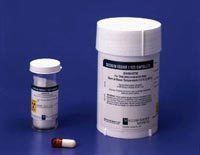
Iodine 123 a wehbe
Production
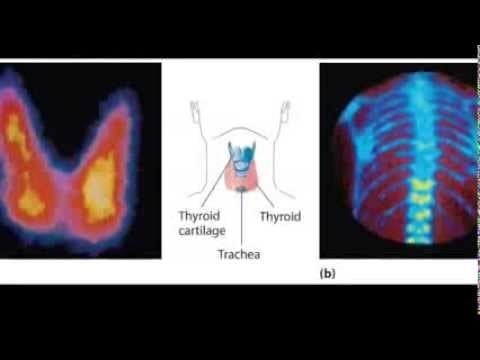
Iodine-123 is produced in a cyclotron by proton irradiation of xenon in a capsule. Xenon-124 absorbs a proton and immediately loses a neutron and proton to form xenon-123, or else loses two Neutrons to form caesium-123, which decays to xenon-123. The xenon-123 formed by either route then decays to iodine-123, and is collected on the side of the capsule under refrigeration, then eluted with dilute sodium hydroxide in a halogen disproportionation reaction, similar to collection of iodine-125 after it is formed from xenon by neutron irradiation (see that article for more).
124Xe + p+ → 123
I +2n0+2e−1.
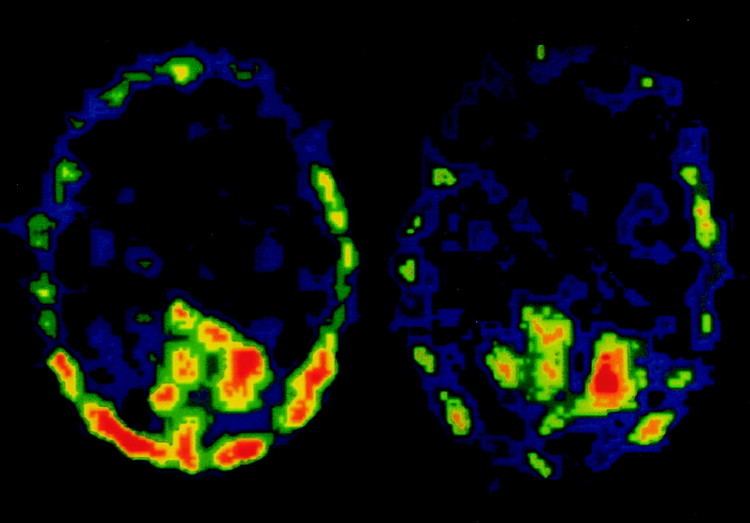
Iodine-123 is usually supplied as the iodide and hypoiodite (OI−) in dilute sodium hydroxide solution, at high isotopic purity.

I-123 for medical applications has also been produced at Oak Ridge National Laboratories by proton cyclotron bombardment of 80% isotopically enriched tellurium-123.
Decay

The detailed decay mechanism is electron capture to form an excited state of the nearly-stable nuclide tellurium-123 (half life so long that it is considered stable for all practical purposes). This excited state of Te-123 produced is not the metastable nuclear isomer Te-123m (the decay of I-123 does not involve enough energy to produce Te-123m), but rather is a lower-energy nuclear isomer of Te-123 that immediately gamma decays to ground state Te-123 at the energies noted, or else (13% of the time) decays by internal conversion electron emission (127 keV), followed by an average of 11 Auger electrons emitted at very low energies (50-500 eV). The latter decay channel also produces ground-state Te-123. Especially because of the internal conversion decay channel, I-123 is not an absolutely pure gamma-emitter, although it is sometimes clinically assumed to be one.
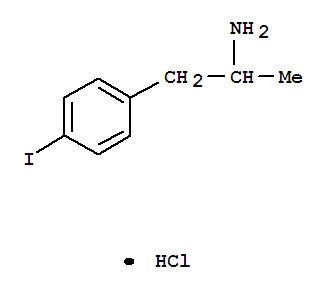
The Auger electrons from the radioisotope have been found in one study to do little cellular damage, unless the radionuclide is incorporated chemically directly into cellular DNA, which is not the case for present radiopharmaceuticals which use I-123 as the radioactive label nuclide. The damage from the more penetrating gamma radiation and 127 keV internal conversion electron radiation from the initial decay of Te-123 is moderated by the relatively short half-life of the isotope.
Medical applications
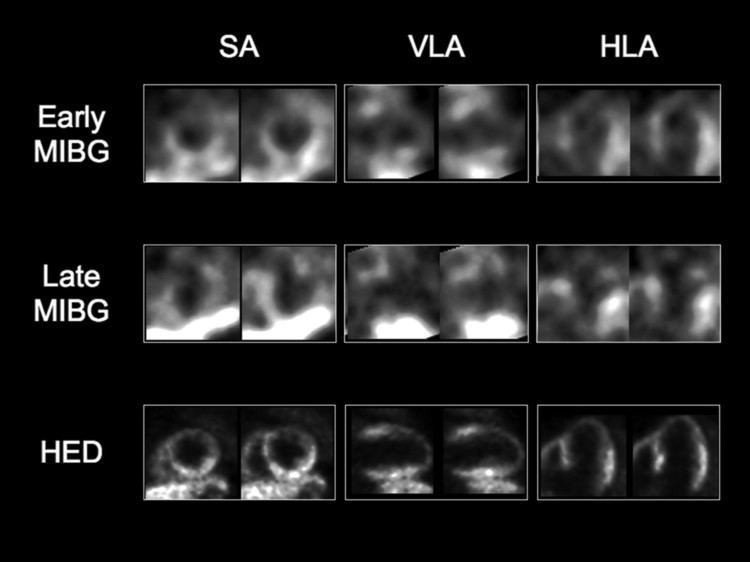
123I is the most suitable isotope of iodine for the diagnostic study of thyroid diseases. The half-life of approximately 13.13 h (hours) is ideal for the 24-h (hour) iodine uptake test and 123I has other advantages for diagnostic imaging thyroid tissue and thyroid cancer metastasis. The energy of the photon, 159 keV, is ideal for the NaI (sodium iodide) crystal detector of current gamma cameras and also for the pinhole collimators. It has much greater photon flux than 131I. It gives approximately 20 times the counting rate of 131I for the same administered dose. The radiation burden to the thyroid is far less (1%) than that of 131I. Moreover, scanning a thyroid remnant or metastasis with 123I does not cause "stunning" of the tissue (with loss of uptake), because of the low radiation burden of this isotope. (For the same reasons, 123I is never used for thyroid cancer or Graves disease treatment, and this role is reserved for 131I.)
123I is supplied as sodium iodide (NaI), sometimes in basic solution in which it has been dissolved as the free element. This is administered to a patient in capsule form, by intravenous injection, or (less commonly due to problems involved in a spill) in a drink. (131I is usually administered in a drink, due to the heavy radiation dose to local tissues which results before a capsule could dissolve). The iodine is taken up by the thyroid gland and a gamma camera is used to functional images of the thyroid for diagnosis. Quantitative measurements of the thyroid can be performed to calculate the iodine uptake (absorption) for the diagnosis of hyperthyroidism and hypothyroidism. Dosing can vary; a small dose can start at 11.1 MBq [300 µCi], while it is commonly an amount such as 2-4 mCi. There is a study that indicates a given dose can effectively result in effects of an otherwise higher dose, due to impurities in the preparation. The dose of radioiodine 123I is typically tolerated by individuals who cannot tolerate contrast mediums containing larger doses of iodine such as used in CT scan, intravenous pyelogram (IVP) and similar imaging diagnostic procedures. Iodine is not an allergen.
123I is also used as a label in other imaging radiopharmaceuticals e.g.metaiodobenzylguanidine (MIBG).
Precautions
Removal of radioiodine contamination can be difficult and use of a decontaminant specially made for radioactive iodine removal is advised. Two common products designed for institutional use are Bind-It and I-Bind. General purpose radioactive decontamination products are often unusable for iodine, as these may only spread or volatilize it.
